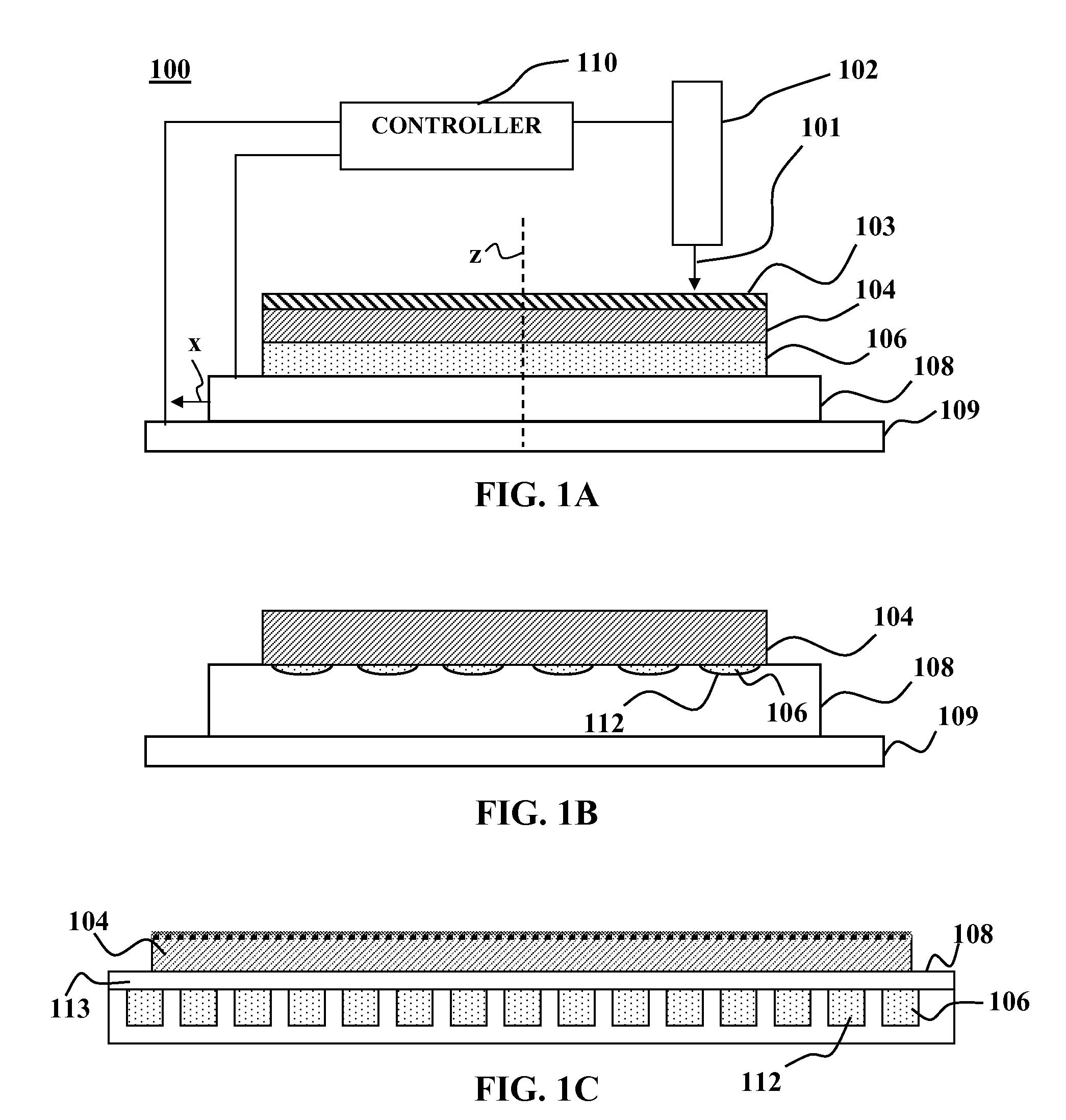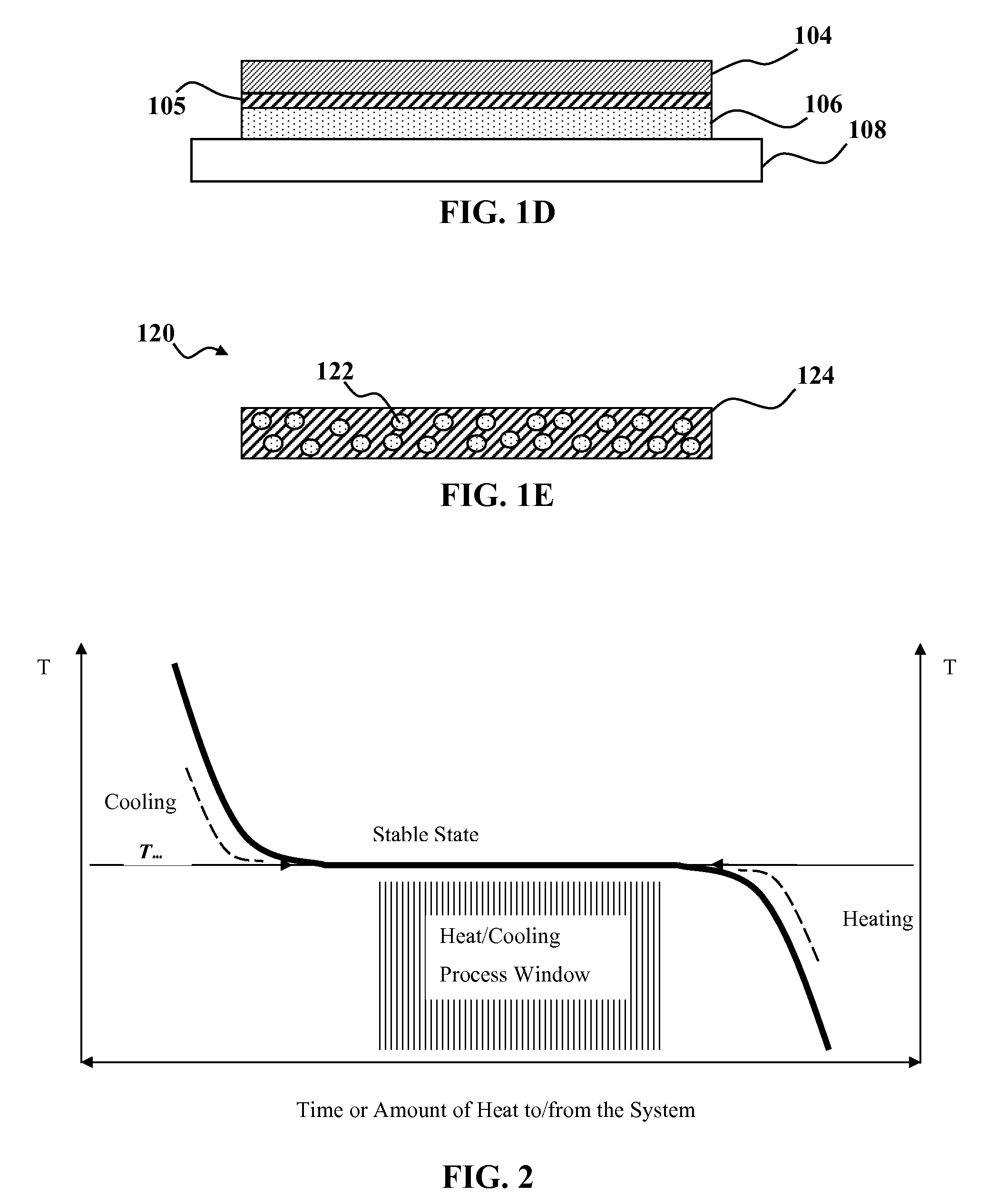Temperature stabilization for substrate processing
a technology of temperature stabilization and substrate, applied in the field of substrate processing, can solve the problems of insufficient use of e-beam lithography for large-volume semiconductor processing, inability to economically direct write integrated circuit patterns on wafers, and inability to meet the requirements of high-speed mechanical translation and extreme positioning precision, and achieve the effect of simplifying thermal managemen
- Summary
- Abstract
- Description
- Claims
- Application Information
AI Technical Summary
Benefits of technology
Problems solved by technology
Method used
Image
Examples
Embodiment Construction
[0017]Although the following detailed description contains many specific details for the purposes of illustration, anyone of ordinary skill in the art will appreciate that many variations and alterations to the following details are within the scope of the invention. Accordingly, embodiments of the invention as described below are set forth without any loss of generality to, and without imposing limitations upon, the claimed invention.
[0018]FIG. 1A is a cross sectional view of a temperature stabilization system according to a preferred embodiment of the present invention. As shown in FIG. 1A, system 100 includes a susceptor 108 and a heat absorbing material 106 disposed between the susceptor 108 and one or more substrates 104. The heat absorbing material 106 includes a component that undergoes solid-liquid (melting) or solid-solid (structural) phase transformation at a desired operating temperature for material processing of the substrate 104. Preferably, the heat absorbing material...
PUM
| Property | Measurement | Unit |
|---|---|---|
| temperature | aaaaa | aaaaa |
| temperature | aaaaa | aaaaa |
| melting point | aaaaa | aaaaa |
Abstract
Description
Claims
Application Information
 Login to View More
Login to View More - R&D
- Intellectual Property
- Life Sciences
- Materials
- Tech Scout
- Unparalleled Data Quality
- Higher Quality Content
- 60% Fewer Hallucinations
Browse by: Latest US Patents, China's latest patents, Technical Efficacy Thesaurus, Application Domain, Technology Topic, Popular Technical Reports.
© 2025 PatSnap. All rights reserved.Legal|Privacy policy|Modern Slavery Act Transparency Statement|Sitemap|About US| Contact US: help@patsnap.com



